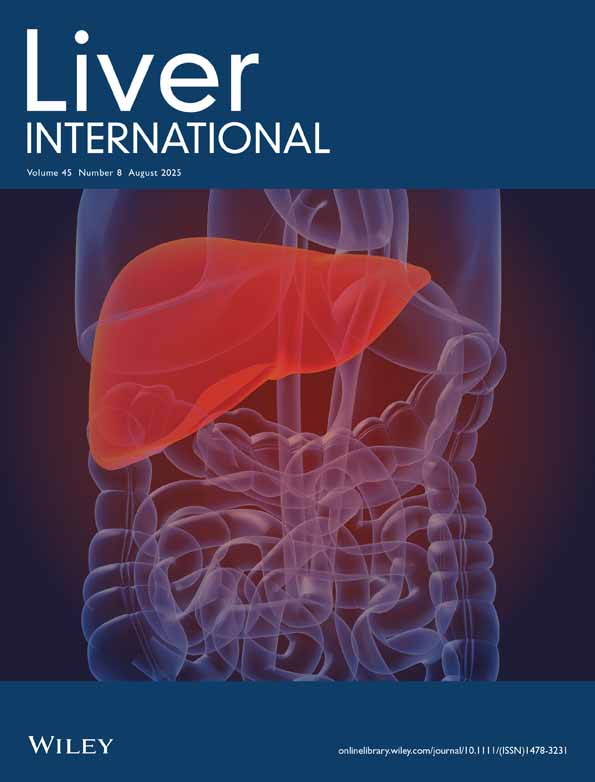Platelet-Induced NET in Liver Cirrhosis: Mitochondrial ROS-Mediated NETosis and Its Contribution to the Hypercoagulable State
Handling Editor: Luca Valenti
Funding: This work was supported by The Postdoctoral Fellowship Program of China Postdoctoral Science Foundation (GZC20240352).
ABSTRACT
Background & Objectives
Relatively little is known about mitochondrial ROS (mtROS)-mediated neutrophil extracellular traps (NETs) release. The aim of this study was to investigate whether the elevated NETs in liver cirrhosis were induced by platelets via mtROS and their effects on the cirrhotic coagulation system.
Methods
Patients with cirrhosis (n = 103) and healthy controls (n = 19) were included in the study. Platelet-induced NETosis was measured by immunofluorescence staining, confocal microscopy, flow cytometry, and microplate assays. NETs’ procoagulant activity was assessed using purified coagulation complex assays and thrombin formation in cirrhotic plasma.
Results
NETs’ levels were elevated in Child-Pugh B and C patients. Their platelets or high mobility group box 1 (HMGB1) increased NETs release of autologous neutrophils. Cirrhotic neutrophils had an increase in mtROS levels, which were enhanced by autologous platelets. Importantly, Mito TEMPO (a mitochondrial ROS inhibitor) inhibited platelet-induced NETs’ formation. Higher levels of HMGB1 on platelets and neutrophil autophagy were detected in Child-Pugh B and C patients. Their platelets or HMGB1 increased autophagy levels of autologous neutrophils. Furthermore, anti-HMGB1, anti-RAGE (receptor for advanced glycation endproducts) antibodies, and wortmannin inhibited platelet-induced autophagy and NETs formation. Subsequently, we found some differences between platelet- and PMA-induced NETosis, and further studied the dynamic changes of platelet-mediated NETosis. Lastly, these elevated NETs increased FXa, thrombin, and fibrin formation, shortened coagulation time, decreased thrombomodulin levels on endothelial cells, and impaired thrombomodulin activity.
Conclusions
Cirrhotic platelets induced NETs formation through mtROS and autophagy, which heightened the procoagulant activity and impaired the anticoagulant activity of thrombomodulin.
Conflicts of Interest
The authors declare no conflicts of interest.
Open Research
Data Availability Statement
Data available on request from authors.




